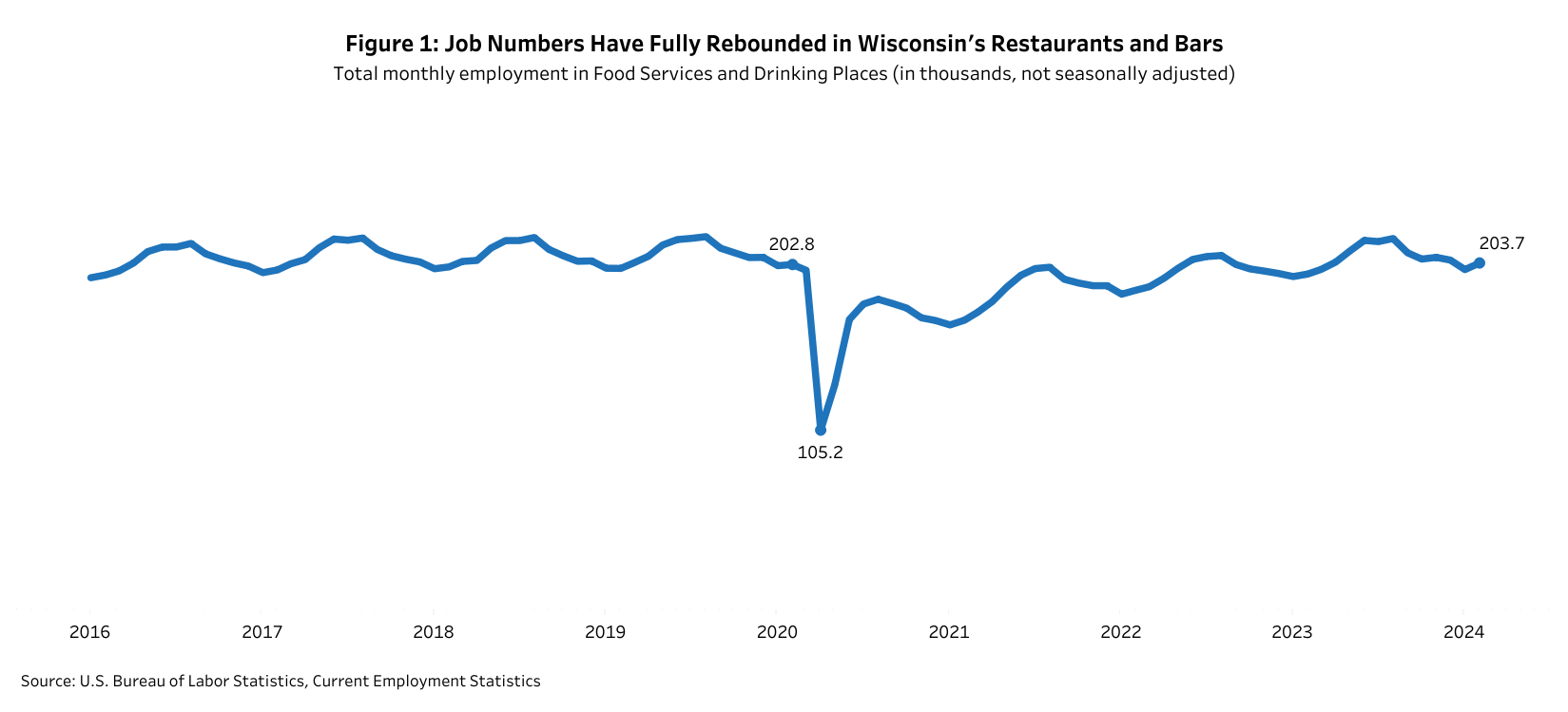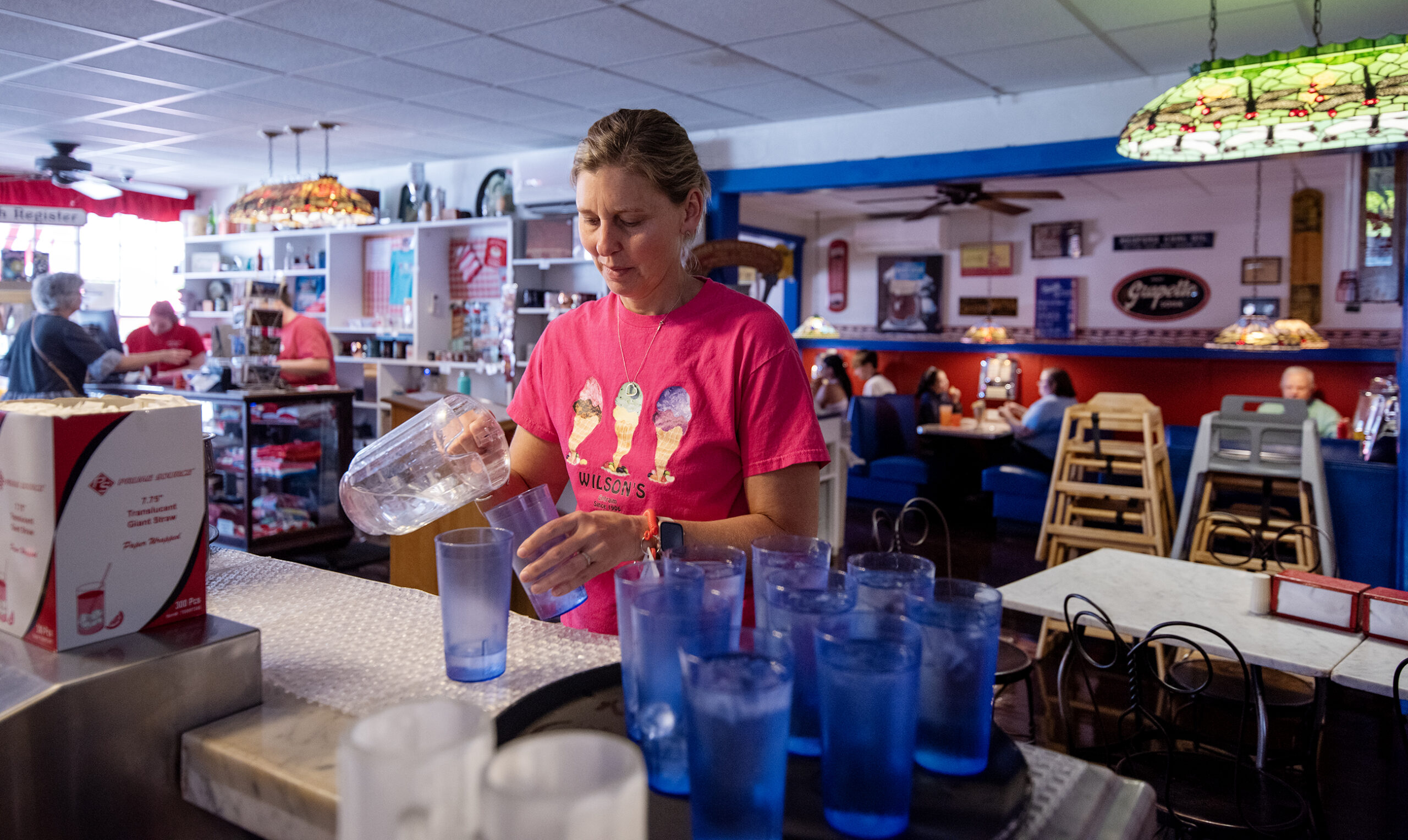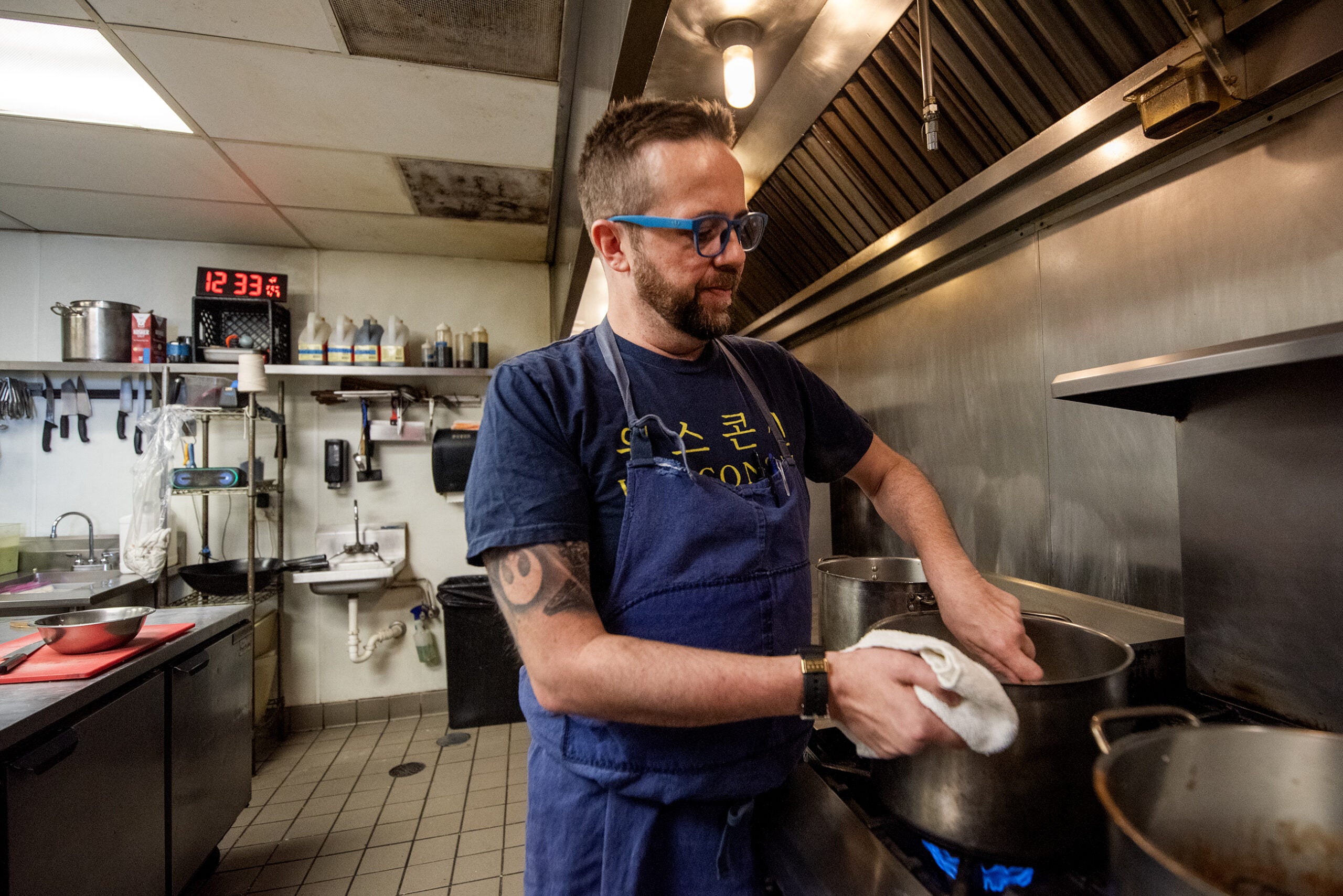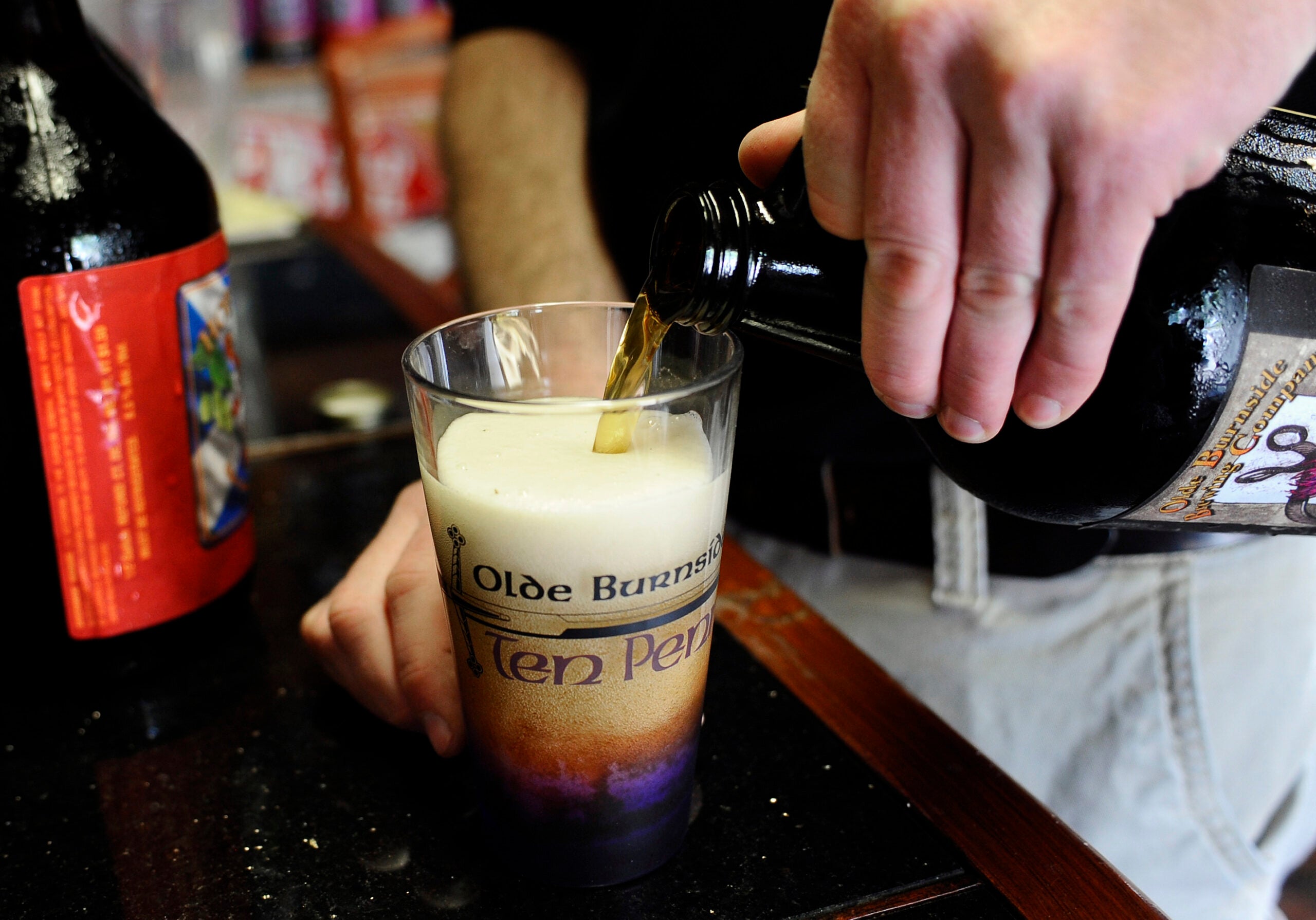The state’s bar and restaurant industry overall has had a strong recovery from the COVID-19 pandemic, but that recovery hasn’t been even across the sector.
That’s according to a new report from the Wisconsin Policy Forum, which examined employment, sales and the lingering impacts of the pandemic.
While bars and restaurants were among the businesses most disrupted by the pandemic in 2020, the report found that employment in the industry has returned to pre-pandemic levels and state sales tax revenues from restaurants and bars have returned to its pre-pandemic trend line.
News with a little more humanity
WPR’s “Wisconsin Today” newsletter keeps you connected to the state you love without feeling overwhelmed. No paywall. No agenda. No corporate filter.
Kristine Hillmer, president and chief executive officer for the Wisconsin Restaurant Association, said the health of the industry is important because restaurants are the “backbone of Main Street,” serving as a vital social setting.
“They are a gathering place for busy families who need a quick bite to eat,” she said. “They’re a gathering place where you want to celebrate or mourn, or gather together with your friends just to socialize. It really is a unique thing for many communities who really want to have a vibrant town.”
This February, the industry had more employees than it did in the same month of 2020, according to the study. Last summer months, however, restaurants and bars did not reach their pre-pandemic high of 219,200 workers from August 2019.
“The summer of 2023, the numbers were still a little bit lower than summer 2019. But we could see that fully returned by this summer,” said Joe Peterangelo, a senior researcher for Wisconsin Policy Forum. “But overall, I’d say the employment numbers situation is generally pretty positive.”

While restaurants have returned to their pre-pandemic trend line in terms of sales tax revenues generated, many continue to operate at limited hours and fewer days open than they had prior to 2020, the report states.
Because inflation of wholesale food prices has led to higher menu prices, the report said its likely restaurants are earning a similar amount of revenue as before the pandemic with fewer total transactions and smaller orders, the study said.
“Even if the sales have rebounded, there’s still probably fewer sales happening overall,” Peterangelo said. “We don’t have numbers to show that.”
Certain types of restaurants continue to struggle, according to the report.
Hillmer with the restaurant association said mid-priced sit down restaurants have been more impacted by inflation than those in fine dining or fast food.
“Those that want to go out for that high-end steak dinner or seafood dinner are likely not to necessarily balk at some of the higher prices that are baked into the new menu prices because of inflation,” Hillmer said. “However, if you’ve got a family of four and you’re on a tight budget, and you’re making that decision to go out to a restaurant, you may be choosing to go out less or you may be choosing to have (a) lower priced item.”

Despite those challenges, the policy forum found the number of bars and restaurants in Wisconsin has recovered. The report says the state had more of those establishments in the third quarter of 2023 than in the same period of 2019.
But the number of bars in Wisconsin, classified as “drinking places” by the U.S. Bureau of Labor Statistics, has been declining over the last few decades, the report said.
In 2022, Wisconsin had 20.3 percent fewer bars than in 2003, the study said. It did not have annual data for 2023.
“We do have almost as many people employed in bars as we did 20 years ago — it’s only 2.6 percent fewer people in 2022 than in 2003,” Peterangelo said. “What that means to me is it kind of supports that theory that we’ve lost small bars and we have larger establishments now that are employing almost as many people overall as they were 20 years ago.”
While restaurants continue to face challenges, the industry’s overall outlook is much better than it was in 2020 or 2021, the report said.
Hillmer said she’s “cautiously optimistic” about the future of the state’s eateries, especially if inflation continues to cool.
“As inflation slows down, there’s going to be more of an evening out of what (disposable) income is available,” she said. “When there’s more income, there’s always that desire to go out, eat and have a good time.”







